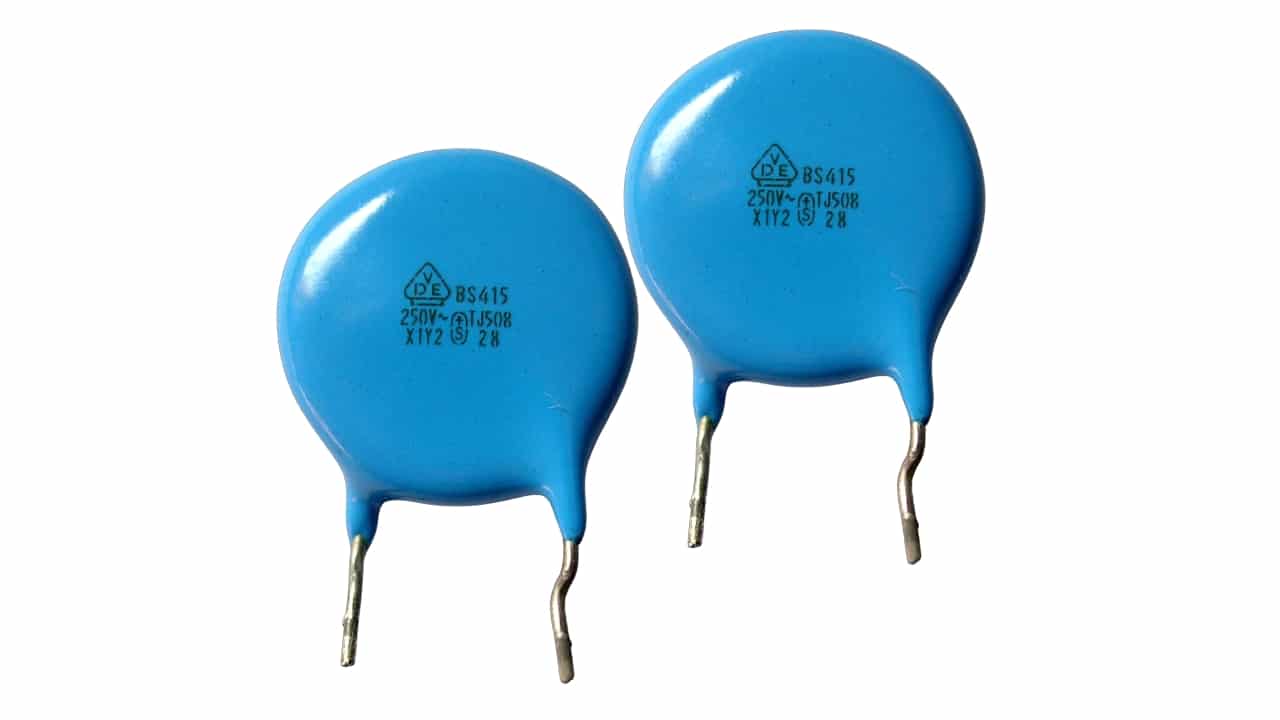Unveiling the Secrets: The Intricate Composition of Capacitors
Capacitors are fundamental components in various electronic devices, playing a crucial role in energy storage and signal filtering. Have you ever wondered what materials are used to construct these essential components? In this article, we will delve into the intricate composition of capacitors, exploring the different layers and materials that make them function effectively.
- Dielectric Materials:
At the heart of every capacitor lies the dielectric material, which separates the two conductive plates. Dielectrics are chosen based on their ability to store electrical energy and their insulating properties. Common dielectric materials include:
a) Ceramic: Ceramic capacitors employ a ceramic material, such as barium titanate or aluminum oxide, as the dielectric. These capacitors are known for their stability, high capacitance values, and low cost, making them widely used in electronic circuits.
b) Electrolytic: Electrolytic capacitors utilize an electrolyte-soaked paper or aluminum oxide film as the dielectric. These capacitors offer high capacitance values and are commonly used in power supply circuits due to their ability to handle large voltages.
c) Film: Film capacitors employ a thin plastic film, such as polyester or polypropylene, as the dielectric. These capacitors provide excellent stability, low losses, and high insulation resistance, making them suitable for applications requiring precision and reliability.
- Conductive Plates:
The conductive plates of a capacitor are responsible for storing and releasing electrical charges. These plates are typically made of highly conductive materials, such as:
a) Aluminum: Aluminum is commonly used in electrolytic capacitors, where it forms the anode. Its high conductivity and low cost make it an ideal choice for applications requiring large capacitance values.
b) Tantalum: Tantalum is another material used in electrolytic capacitors, serving as the anode. Tantalum capacitors offer high capacitance values in a compact size, making them suitable for miniaturized electronic devices.
c) Metallized Film: Film capacitors often utilize a metallized film as the conductive plate. This film is coated with a thin layer of metal, such as aluminum or zinc, to enhance conductivity and ensure uniform charge distribution.
- Terminal Connections:
To complete the capacitor assembly, terminal connections are essential for electrical connectivity. These connections are typically made of:
a) Lead Wires: Ceramic and electrolytic capacitors often feature lead wires for easy soldering onto circuit boards. These wires are usually made of copper or tinned copper, ensuring good electrical conductivity.
b) Metal Foils: Film capacitors may employ metal foils as terminal connections. These foils are made of highly conductive materials, such as aluminum or copper, and are directly attached to the conductive plates for efficient charge transfer.
Conclusion:
Capacitors are intricate devices composed of carefully selected materials, each serving a specific purpose to ensure optimal performance. From dielectric materials that store electrical energy to conductive plates that facilitate charge storage, every component plays a vital role. Understanding the composition of capacitors allows us to appreciate their significance in modern electronics and aids in selecting the most suitable type for various applications.

Post Comment